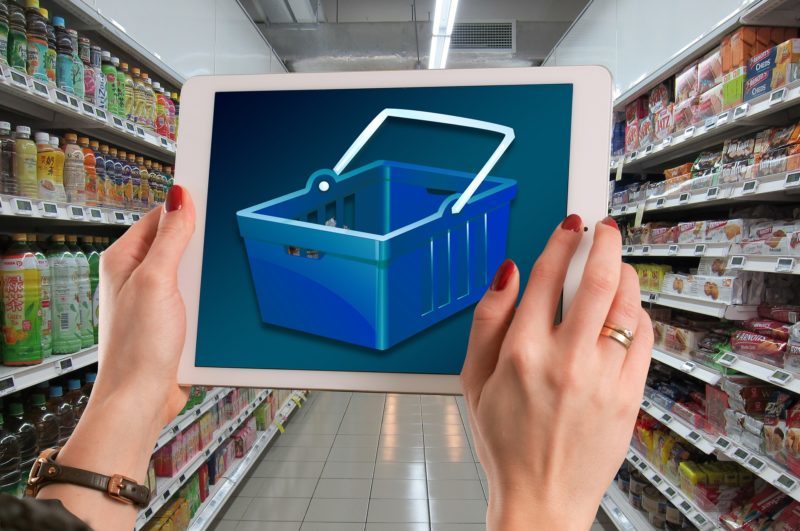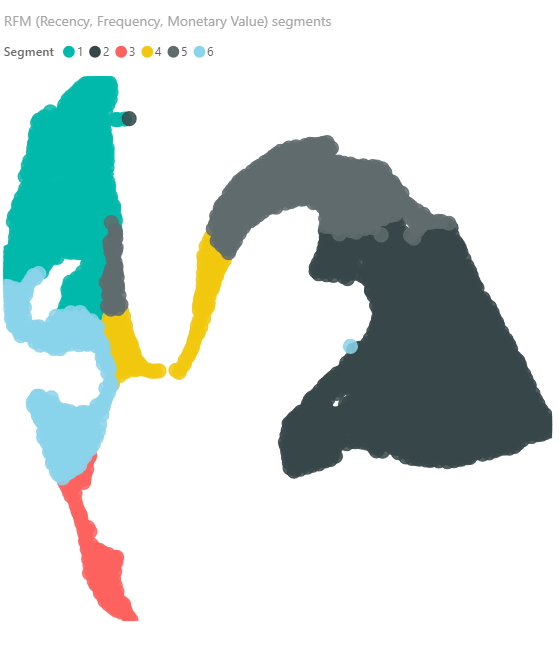

5 ways to use machine learning in e-commerce
For the past couple of years, machine learning advances in popularity. The reason for it? Utilizing machine learning in any business provides maximum use of information the company acquires from the customers. In e-commerce, it allows creating personalized data points, unique for user or group of users and then offering products accordingly to their preferences. Here are some briefly presented ways to use ML in e-commerce.
Product recommendation
This one is pretty simple and was already mentioned before. The outcome of this technique is a simple set of product/service rules based on customer product purchasing behavior. For example: if a customer bought milk, is he going to buy eggs too? In general: does buying one specific item increase the chances of buying other items? With a good dataset, ML algorithms can answer those questions and recommend the right products, consequently increasing the sale.

Customer segmentation
This tool divides all customers into statistical segments. They become groups of individuals that are similar in specific ways relevant to marketing, such as age, gender, interests and spending habits. It also helps companies determine which segments are the most or least profitable so they can adjust their marketing budgets accordingly.
Customer geolocation analysis
Analyzing and mapping information can allow companies to accurately predict customers’ habits. Marketing campaigns targeting specific consumer groups can be created using this data and pushed to consumers through their mobile device when a purchase is expected. Combining behavioral information with geotargeting can help companies develop cost-effective regional campaigns.

Customer lifetime value to customer acquisition cost (LTV/CAC)

On the visualization each customer is represented by one dot, while the colour refers to the segment’s number. The customers are devided by a recency of their last order, a frequency of the purchases, an average value of orders as well as their loyalty. The segments grup customers with similar behaviours. To maximize the effects of marketing, we should determine a segment specific way to communicate with the customers.
The ratio measures the relationship between the lifetime value of a customer and the cost of acquiring that customer. Knowing that ideal LTV/CAC ratio should be 3:1, companies use RFM (recency, frequency & monetary value) method offered by ML to calculate exact customer lifetime value and adjust the costs. In e-commerce, as in any other business, companies neither want to spend too much (unnecessary cash losses) nor too little (risk of losing the customer).
Proper price adjustments
Price optimization and price elasticity are two important aspects of every business. Relying on ML companies can create competitive and also contextually relevant prices. Machine learning is being used today to determine pricing elasticity not only by each product, but also by client personal preferences, for example, if he or she prefers to buy on sale or not.
The above-mentioned steps are only a tip of an iceberg which machine learning is today. New tools are created every day, giving companies dozens of possibilities to use ML both in e-commerce oriented companies and other business branches.
